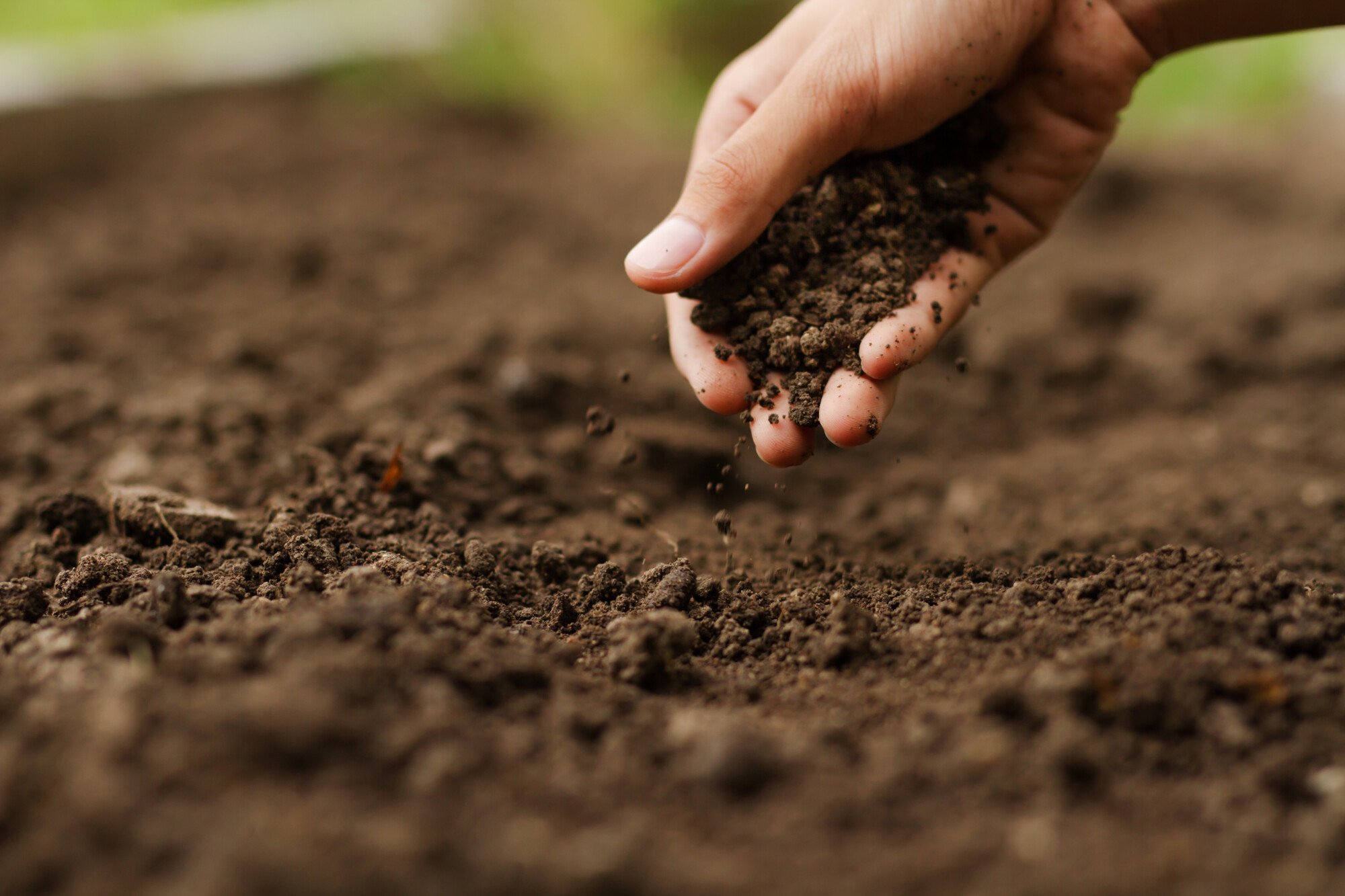New guide to help farmers assessing soil carbon
12th December 2021
A new practical guide to assessing soil carbon promises to answer farmers’ key questions at a time when many are looking to understand their soil health.
Produced by Duchy College, Plymouth University, Rothamsted Research and the Farm Carbon Toolkit, the guide lists and answers key questions for robust on-farm monitoring of soil carbon and associated indicators of soil health. This is particularly significant given the recent announcement of the Sustainable Farming Incentive scheme, which is reliant on a consistent approach to soil sampling.
“In the Soil Carbon Project we were trying to understand the relationship between farm management practices and levels of soil organic matter, as well as issues around how we monitor soil carbon,” says Stephen Roderick, project management at Duchy College.
Carbon sequestration plays a key part in climate change mitigation, but soil carbon’s importance goes beyond sequestering as much as possible, says Andy Neal, research scientist at Rothamsted. “What’s much more important are the co-benefits of getting organic matter into soil – organic matter affects how much water and nutrients the soil can store, and can limit the carbon footprint,” he says.
The guide offers advice on how to improve their soil assessments through:
Soil sampling – timing
“Traditionally the sampling periods are the spring and autumn,” explains Becky Willson, business development and technical director at Farm Carbon Toolkit.
“We have been looking at what’s happening at different depths, zero to 10cm, 10 to 30cm and 30 to 50cm; the important thing is to avoid sampling after cultivation, particularly if it has been ploughed. Leave the fields to settle after cultivation for at least three months,” she adds.
Farmers should sample at the same time each year because seasonality can affect results. “If sampling just for organic matter, in theory the soil can be sampled at any time of year but be consistent with that approach. And if you’re sampling for nutrients at the same time, think about when that fits in best in rotation management.”
Location
When it comes to sample location, it’s best to select fields which represent the variation across the farm, including differences in soil texture, cropping and management, says Ms Willson.
There are three main options for sampling patterns within a field: Sampling in a ‘W’ configuration, in a linear transect or a grid formulation. The guide recommends at least five sample points although 15 is preferable. Samples can be aggregated but only on a field or zone basis and they must be well mixed before bagging.
Equipment
In terms of equipment, a soil auger is the best implement for the job – but digging a hole and removing soil by hand is fine. Clean buckets and sandwich bags are also necessary for collecting the samples.
Farmers should send the samples off as soon as possible, although up to two weeks’ delay is acceptable if they are refrigerated – this slows the organic matter breakdown.
Analysis
In the lab, there are a couple of options for testing organic matter and soil carbon – Loss on Ignition (LOI) and DUMAS. “LOI provides a rough idea of the soil organic carbon content and is generally slightly cheaper, however it is not standardised between labs making it crucial to stick with the same lab,” explains Jasper Newman, researcher at the University of Plymouth.
The practical guide, which is based on the latest research, will help farmers, advisers and researchers to adopt the most consistent techniques for monitoring soil carbon – which will become increasingly important as focus on carbon intensifies, says Mr Roderick. “Robust estimates of soil carbon stocks can be a complicated subject; this guide is designed in collaboration with our research partners to answer those key questions.
“The learnings from the project have informed the Farm Net Zero project and now that the Soil Carbon project has come to a close, it’s activities will continue in Farm Net Zero with the support of the National Lottery Climate Action Fund.”
- The practical guide is now available on the Farm Carbon Toolkit website: Launch of Guide on Monitoring Soil Carbon – Farm Carbon Toolkit

